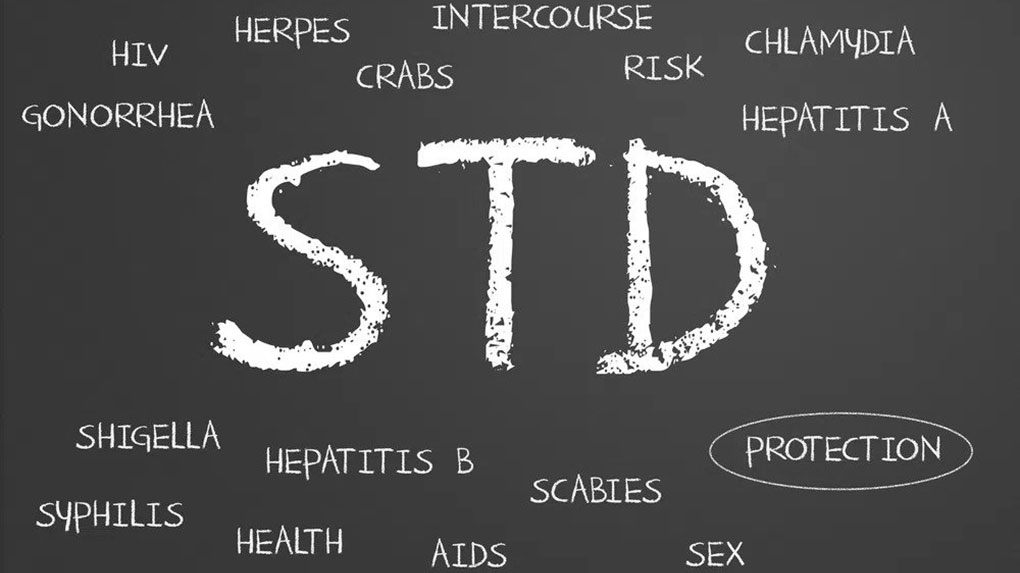Gonorrhea is a sexually transmitted infection that has different symptoms depending on which part of the body has been infected. It can take up to four weeks from the time you’re infected to when you begin showing symptoms. About 10% of men who have gonorrhea show no symptoms at all. For the other 90%, the symptoms of gonorrhea in men are very noticeable.
What Are The Symptoms Of Gonorrhea In Men?
If you have penetrative vaginal or anal sex with a woman or man who has gonorrhea, you may end up with a gonorrhea infection of the penis. Early symptoms include:
- discomfort in the penis
- a thick white, yellow or green discharge from the tip of the penis
- pain or burning sensation when urinating
If you experience any of these symptoms, see a doctor right away, and don’t have sex until the cause of these symptoms has been diagnosed and treated.
Other STIs may show similar symptoms. The only way to be sure of the cause and to get the appropriate treatment is to see a doctor. If you are diagnosed with an STI, make sure to inform your recent sexual partners, including the person you think you got the infection from, and protect yourself and your partners while you are being treated.
If gonorrhea is left untreated, the infection can spread to the glands near the urethra, the prostate, seminal vesicles, testes and bladder. This may lead to:
- rectal or urethral abscesses
- painfully swollen testicles
- difficulty urinating
Which Other Parts Of The Body Can Be Infected With Gonorrhea?
Gonorrhea can be passed along through anal or oral sex. If you receive anal sex from a man who has gonorrhea, you can end up with a gonorrhea infection of the rectum. This has its own set of symptoms:
- Soreness and itching in the anal area
- Anal discharge
- Severe anal or rectal pain, especially when defecating
- Rectal gonorrhea is very infectious and can cause many problems if left untreated.
If you have any of these symptoms, see a doctor right away.
Likewise, if you perform oral sex on a man who has gonorrhea, you may end up with a gonorrhea infection of the mouth. The primary symptom of such an infection is a sore, inflamed throat, which is often not diagnosed as gonorrhea. If you have reason to think that a sore throat is caused by gonorrhea, inform your doctor, who can do a test that will confirm the source of the infection.
If you have an oral gonorrhea infection, it can be passed along to other people through kissing or oral sex, but such infection is rare.
What Do I Need To Know About The Symptoms Of Gonorrhea In Women?
Incubation (the amount of time it takes for an infection to show symptoms) is longer in women than in men, and 70% to 90% of women with gonorrhea have no symptoms.
Symptoms of gonorrhea in women include:
- Pain when urinating
- More urgent or more frequent need for urination
- A strong-smelling vaginal discharge that may be thin and watery, yellow, or green
- Irritation in the anal area or discharge from the anus
If unrecognized or left untreated, an advanced infection can cause:
- Low abdominal or pelvic tenderness or pain
- Swelling of the glands around the vaginal entrance
- Fever
- Backache
- Painful or excessive periods
- Pain during intercourse
Untreated gonorrhea infection can eventually cause sterility. Gonorrhea infection during pregnancy can cause ectopic pregnancy, where the fetus develops in the fallopian tube leading to the woman’s womb. This is a very dangerous condition and can result in the woman’s death. Gonorrhea can also result in premature birth, umbilical cord inflammation and blindness of the baby. Since gonorrhea in women often has no symptoms, it’s very important to inform your sexual partners if you are diagnosed with gonorrhea so they can get tested and treated.












